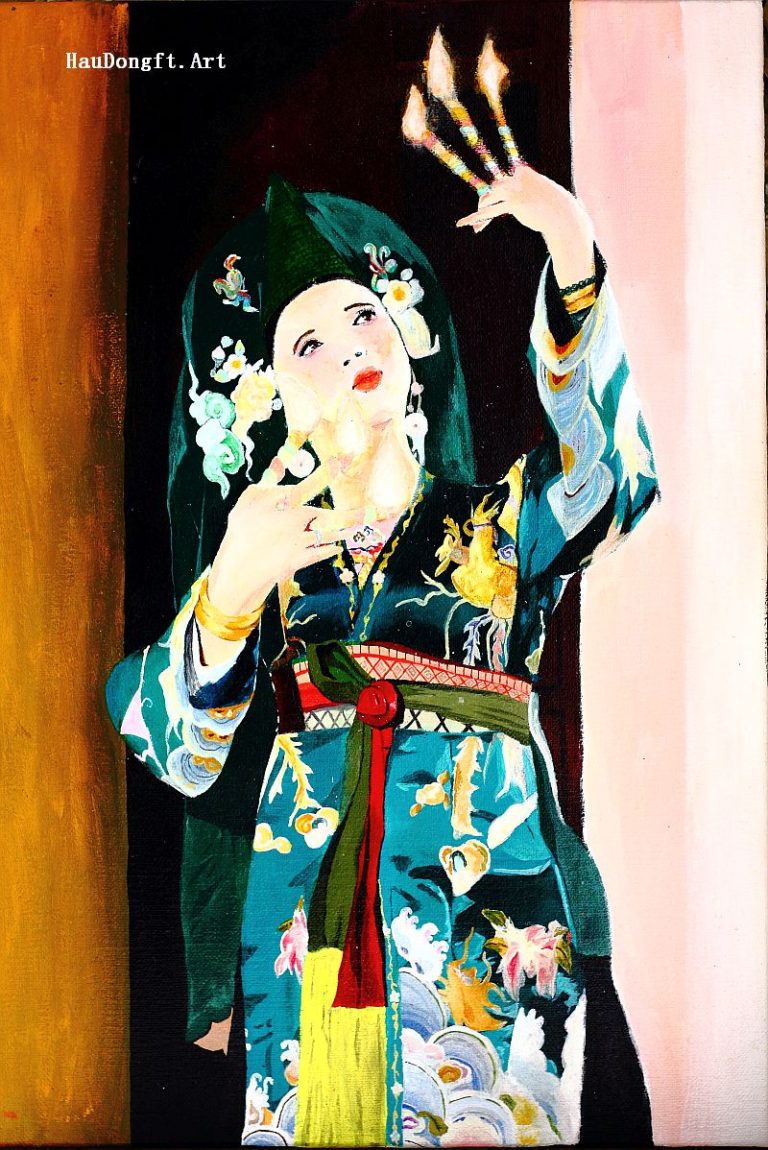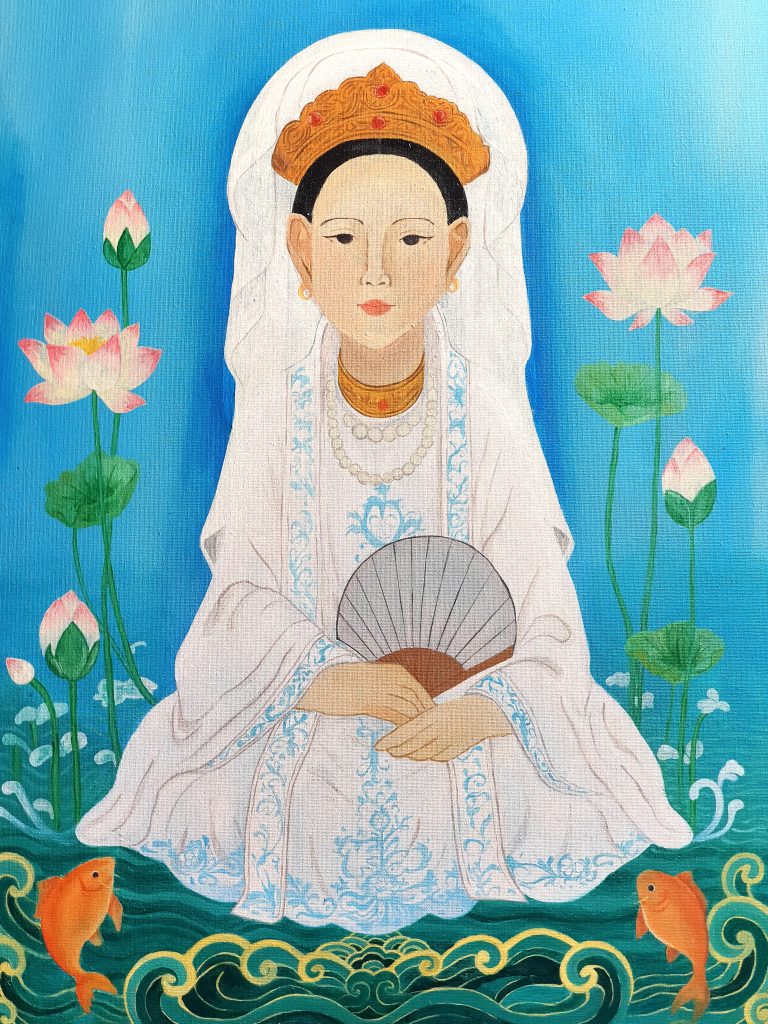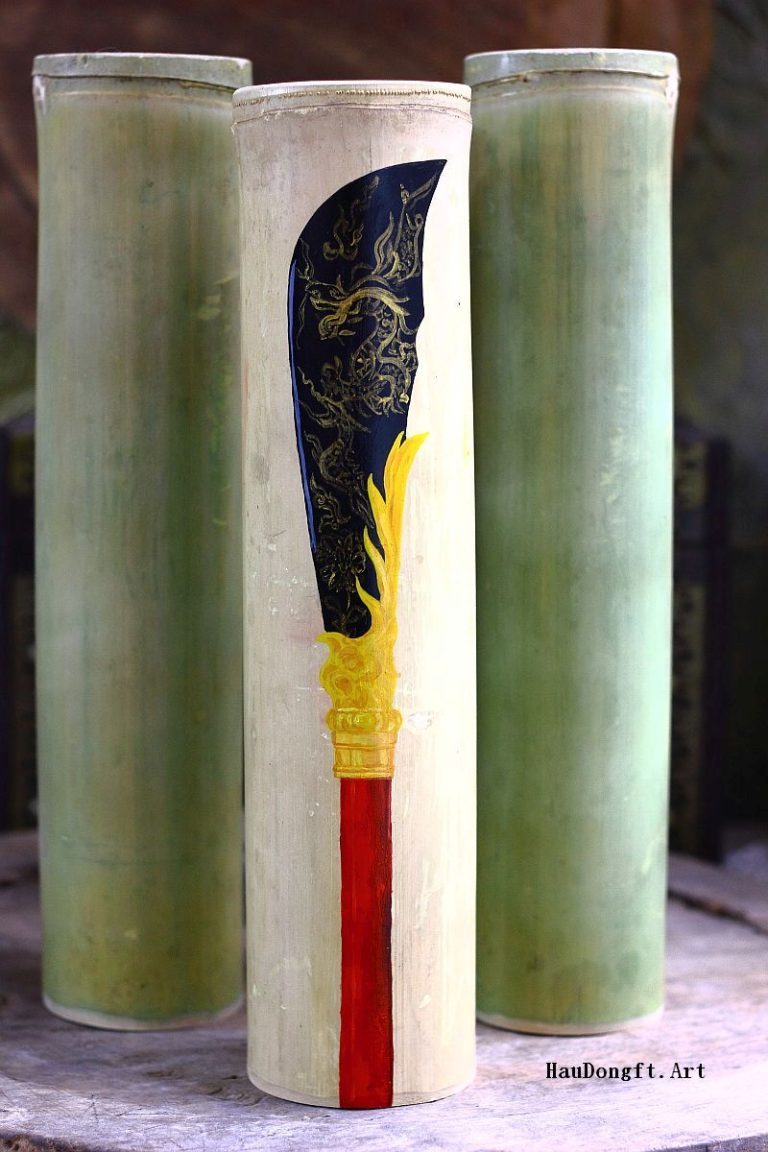
Different Interpretations of the “Len Dong” Phenomenon
According to the 10th Revision of the International Classification of Diseases (ICD-10), “len dong” (spirit mediumship or trance possession) is a state in which an individual temporarily loses awareness of their personal identity and of their surroundings. During this state, the person’s behavior seems to be controlled by another entity—such as a spirit, deity, or supernatural force. The subject’s focus narrows, and their actions or speech often become repetitive and ritualized.
In the phase known as “Thánh nhập” (spirit embodiment), conscious activity weakens while the unconscious mind dominates, manifesting through involuntary physical signs such as trembling, shivering, changes in facial expression, rapid breathing, yawning, or ritual dancing.
In Sophrology, a discipline founded by Caycedo that studies altered states of consciousness, trance possession is considered one of the special altered states caused mainly by suggestion and autosuggestion.
Physiologist Ivan Pavlov also described intermediate states between full wakefulness and deep sleep, which he called “phase states” or “hypnotic states.” Some Vietnamese researchers have used Pavlov’s terminology to explain the len dong experience. However, Dr. Tran Manh Cuong, from the National Institute of Mental Health (Vietnam), argues that this is not accurate.
Hypnosis involves interaction between two people, the hypnotist and the subject, where the hypnotist uses verbal or behavioral cues to induce an altered state. In len dong, however, there is no external hypnotist; the process arises purely from self-suggestion. Therefore, terms such as “hypnosis” or even “self-hypnosis” are not suitable.
International Perspectives
Earlier French scholars classified len dong as a dissociative disorder, viewing it through a Western medical framework rather than from the standpoint of local spiritual practice. Similarly, some American researchers studying African and Caribbean trance rituals (such as *Voodoo possession*) observed symptoms resembling dissociation—body contortions, seizures, screaming, fainting—and noted personality traits akin to dissociative types.
Today, however, most international researchers no longer consider trance possession a pathological dissociation. If it occurs within a cultural or religious context—such as traditional Vietnamese festivals—it is recognized as a ritual and cultural expression , not a mental illness. Only when it happens outside these ritual contexts is it examined as a possible psychiatric condition.
Misunderstandings and the Question of “Faking”
Some observers claim that len dong is staged or performed, since mediums can still communicate through gestures and their dances can be learned. Yet Dr. Cuong emphasizes that ritual len dong is not a fabricated act. Unlike deception, which usually carries personal motives (avoiding punishment, seeking compensation, etc.), ritual mediums spend their own money on costumes and offerings purely for spiritual reasons, without profit.
The seemingly automatic movements, gestures, and vocal changes of the medium are results of suggestion and autosuggestion, not deliberate acting.
Suggestion and Autosuggestion — The Core Mechanism
According to Dr. Cuong, len dong should be understood as a special altered state of consciousness, alongside phenomena like hypnosis, meditation, yoga, or deep relaxation. His research at Phu Giay (Nam Dinh province) shows that the practice arises mainly from deep-rooted belief in the existence of deities and the possibility of communication between humans and spirits through a chosen medium.
This belief—transmitted through generations—carries a strong suggestive power, enabling mediums to vividly re-enact the behaviors associated with divine embodiment.
In addition to belief, several secondary factors enhance this state:
Dr. Cuong notes: “No study has ever recorded a medium literally seeing a deity appear and enter their body. What we observe is an altered state of consciousness, induced by suggestion and self-suggestion, supported by cultural and sensory stimuli.”
Psychological Mechanism of Len Dong
Suggestion is a universal psychological process through which people influence one another’s beliefs and perceptions. However, autosuggestion plays the decisive role: a suggestion from outside takes effect only when the individual internally accepts and reinforces it.
Since ancient times, humans have longed to communicate with higher powers for protection and guidance. From this need, spirit mediums —acting as intermediaries—emerged in various cultures. The persistence of this role today reflects the endurance of that primal faith and desire.
In Vietnam, ancestor worship, temples, pagodas, and communal shrines remain widespread. This enduring spiritual environment continues to shape people’s subconscious beliefs, especially among individuals with high autosuggestibility. Such individuals often begin as festival spectators, become devoted followers, and eventually transform into spirit mediums themselves.
The ritual dances and chants absorbed since childhood re-emerge automatically during ceremonies—like conditioned reflexes—triggered by rhythmic drumming and music. This is the product of collective suggestion and personal autosuggestion, culminating in a temporary but profound alteration of consciousness.
Conclusion
Dr. Tran Manh Cuong concludes that len dong is neither fabricated, nor hypnosis, nor a dissociative disorder. It is a distinct altered state of consciousness in which awareness narrows, personal identity fades, and behaviors symbolizing divine attributes—shaped by cultural tradition—take over.
No medium actually sees a spirit entering their body; rather, belief, suggestion, and autosuggestion create a psychological state that bridges faith, culture, and human consciousness — a vivid expression of Vietnam’s rich spiritual heritage.










© 2025 Hau Dong Featuring Art. All rights reserved. Contact